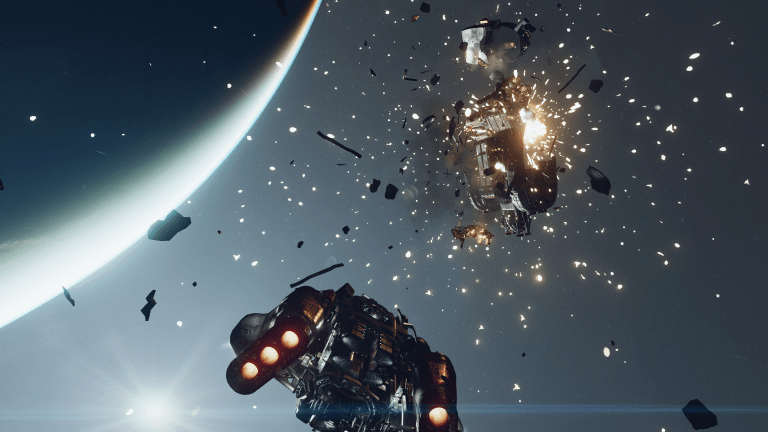Will Starfield’s 1000 Planets Be Procedurally Generated?
Starfield is shaping up to be Bethesda’s biggest title yet, but in order to pad out the game’s galaxy of 1000 explorable planets, the developers are turning to procedural generation technology.

The 2022 Xbox and Bethesda Showcase was full of highlights, but the show was arguably stolen by the gameplay trailer for Bethesda’s upcoming sci-fi RPG, Starfield. Audiences really only saw a small sampling of the game’s factions, aliens, and planets, and while it will be fun to either join or fight space pirates in Starfield, the RPG’s biggest selling point is its sheer scope and many explorable planets
According to Starfield director Todd Howard, players will be able to land on and explore thousands of planets. Even better, the game supposedly won’t limit your exploration to just one or two small primary locations. For example, the planet Jemison will house the bustling city of New Atlantis, which will actually serve as a major hub throughout the game experience. However, Starfield players will get to explore much more of that planet’s Earth-like surface. Even if Starfield’s planets are not scaled realistically, they will still constitute way more digital real estate than any development team can realistically produce. That’s why Bethesda has turned to procedural generation.
In a 2020 Develop: Brighton Conference interview, Howard implied that while Starfield (and The Elder Scrolls 6) will feature quite a few hand-created locations, Bethesda will use procedural generation to help create the remaining portions of the game’s landscapes. Howard also indicated that Starfield’s engine, the Creation Engine, is a bit old and currently undergoing an overhaul (although some gamers would argue it needs to be replaced). To be fair, though, procedural generation is nothing new to Bethesda or the Creation Engine. In The Elder Scrolls 3: Morrowind, the largest dungeons were crafted by hand, while the smaller ones were all procedurally generated. Ok, technically that game was developed with Gamebryo and not the Creation Engine, but the Creation Engine was based on Gamebryo, so it still counts.
Admittedly, Howard didn’t explicitly state that Starfield will utilize procedural generation for the game’s 1000 planets, but given the daunting implications of that number, it’s probably safe to assume the development team will rely on that technology to help fill the game’s digital galaxy. Using Morrowind as a model, the odds are that 99% of Starfield’s 1000 planets will at least partially be the result of a computer algorithm plugging away and generating landscapes. If that’s the case, then most of those worlds will probably only exist to serve as resource farms. The most important planets in the game, however, will likely feel the touch of a human developer. Perhaps the landscape creators will build those planets entirely, or maybe they will create cities and dungeons tied to missions and the main story and then ask a program to help fill in the gaps. You’ll likely see a combination of all those concepts depending on which world you’re exploring.
Of course, who is to say that procedural generation won’t extend past the confines of explorable planets? During the Starfield trailer, audiences got a taste of the game’s robust ship creation system, as well as a glimpse at space combat. At face value, players will get to fly around and engage in orbital dogfights, weave around asteroids, and more. If a procedural generation is used to develop worlds in Starfield, why can’t the technology be levied to create random enemy ships or dot asteroid fields with assorted collections of galactic debris?
Procedural generation has come a long way since Bethesda used it in The Elder Scrolls 3: Morrowind, and while the company hasn’t always relied on that technology as much as they may soon need to, odds are Starfield will depend on procedural generation for the lion’s share of its planets. That doesn’t mean the game will end up like the lackluster, vanilla version No Man’s Sky, but it does probably mean that if you encounter any confusing geography geometry while playing Starfield, you won’t have to dive too deep to uncover the cause.
